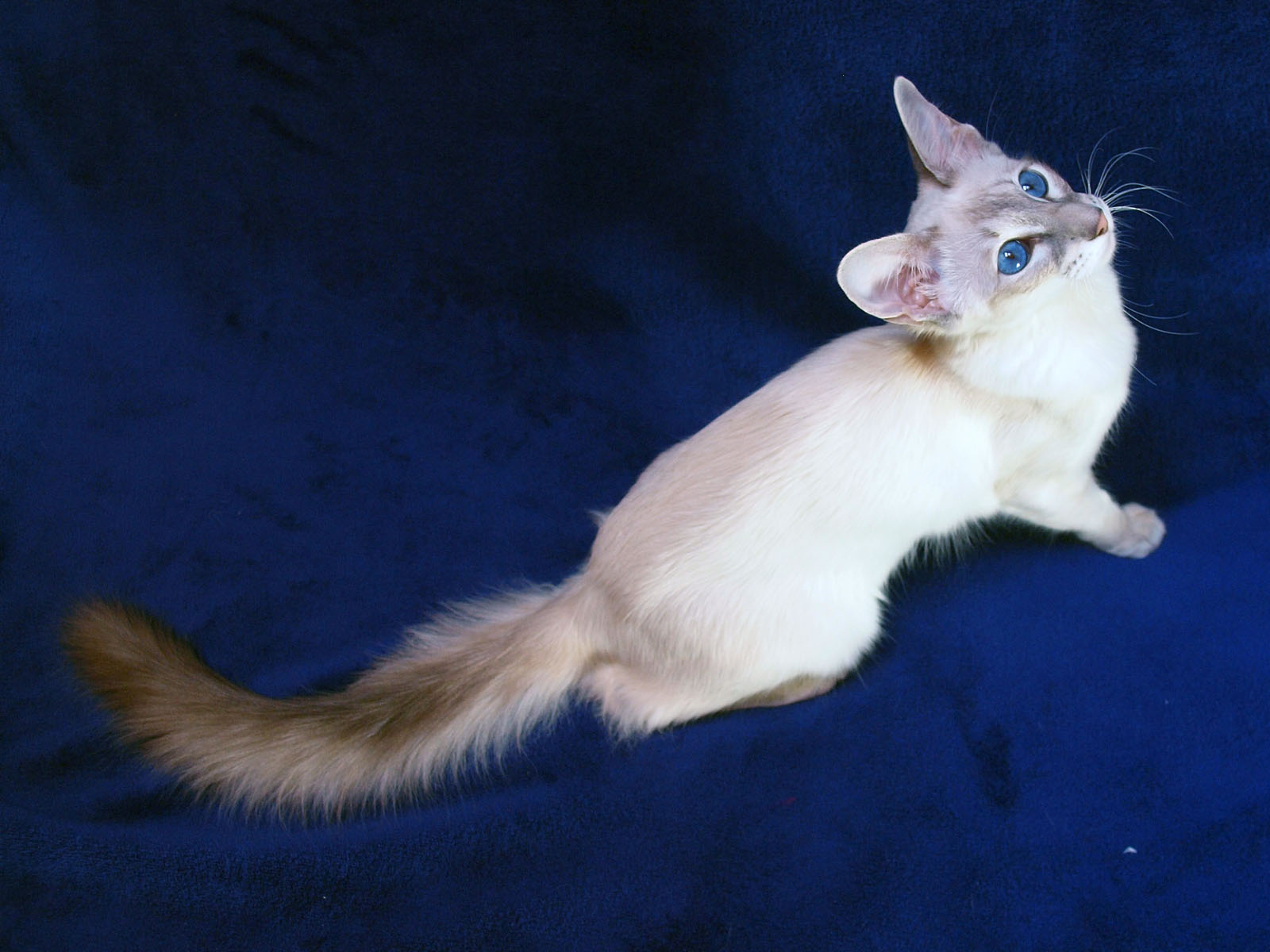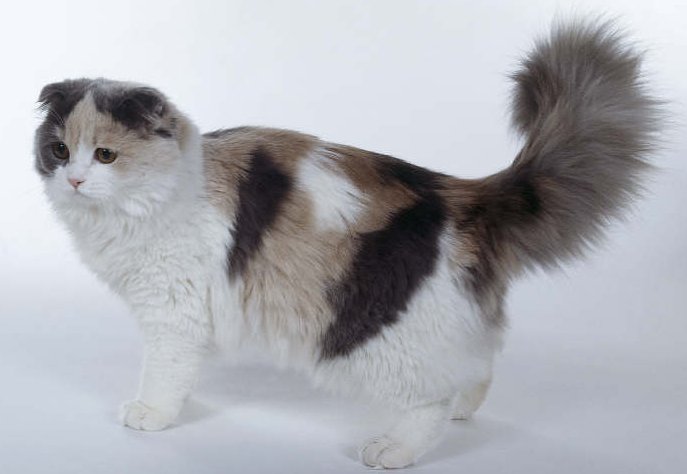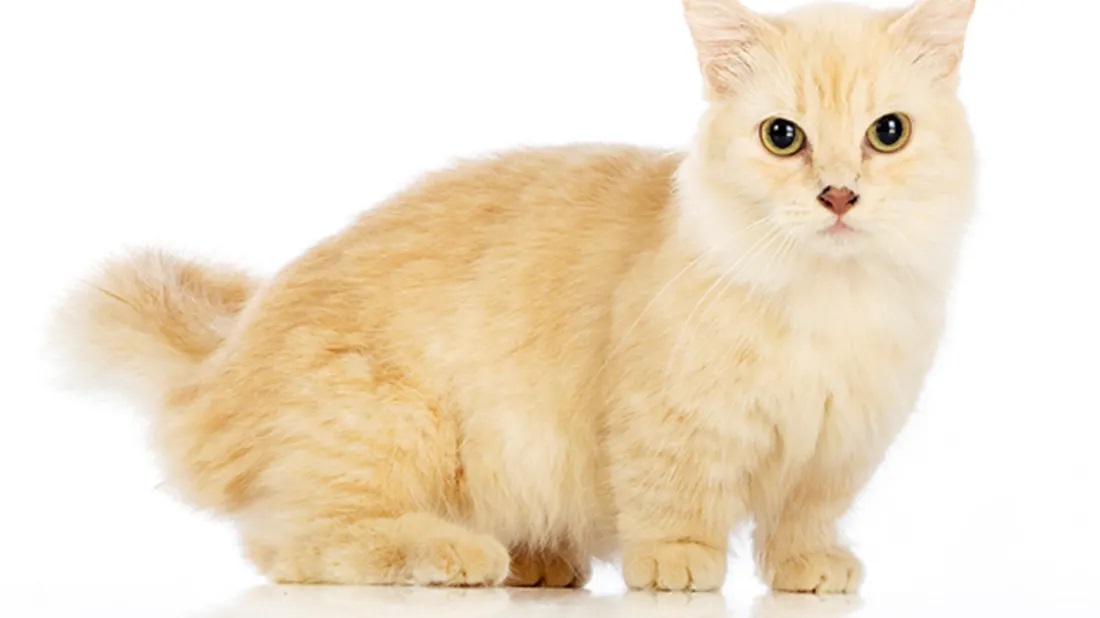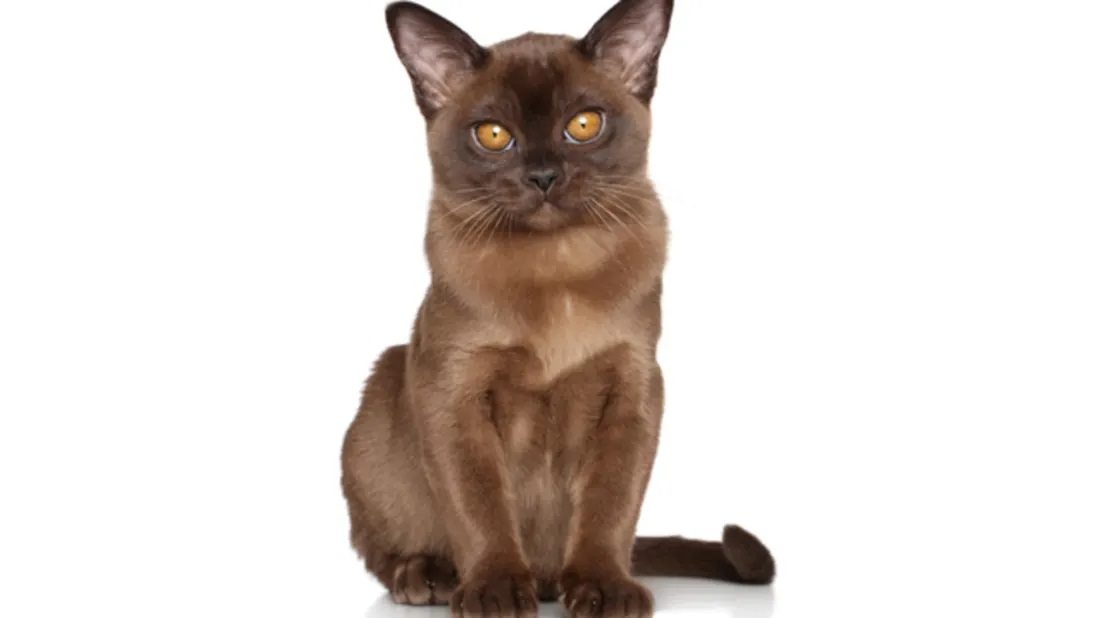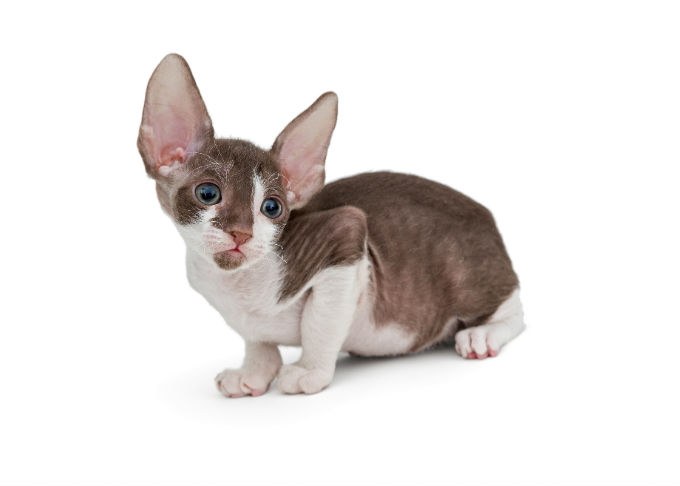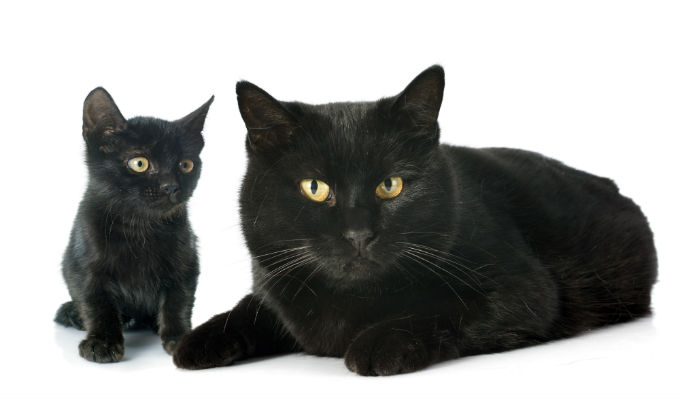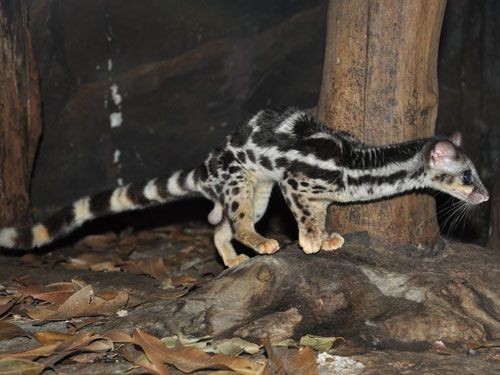Reproduction of the Somali cat in America of the Ethiopian cats changed in the late 1960, and is believed that the gene was brought in Abyssinia from Iran in about 1900, his medium-length coat with a double fur and soft, and color similar to Ethiopian and Somali may be red or orange
Brown with black heads, or red with brown heads with a strong but elongated rectangle, slightly larger than the Abyssinian, slender legs and slightly curved back giving the impression that the cat is about to jump, the head is round and the ears are slightly broad and vigilant. .
He has a wild appearance, but in fact he has never been domestic, even if he does not trust Ehianas, he is very lively and intelligent. Let us say that he is a shrewd specialist in hunting mice. He never wants to be confident of himself and respect for his owner is necessary for him before he delivers himself. He has a need to be a little free, he is afraid of the cold and it is necessary to ensure a good climate in winter.
Produced from crossbreeding of several strains of long-haired Ethiopian cats in 1960, this elongated, sturdy and graceful cat, with slender but strong legs, curved back as if it was about to jump, his head was round and his ears were wide and erect. Green or gold, deep, surrounded by a dark leather membrane, has a strong and long tail covered by thick hair, his coat is red or red, medium length soft texture. He is a domesticated animal who loves to live in houses but loves outdoor places when the weather is right, smart, skilled hunting eats mice and small animals and he is insatiable for meat and viscera, hates the cold weather. After about 18 months of age


